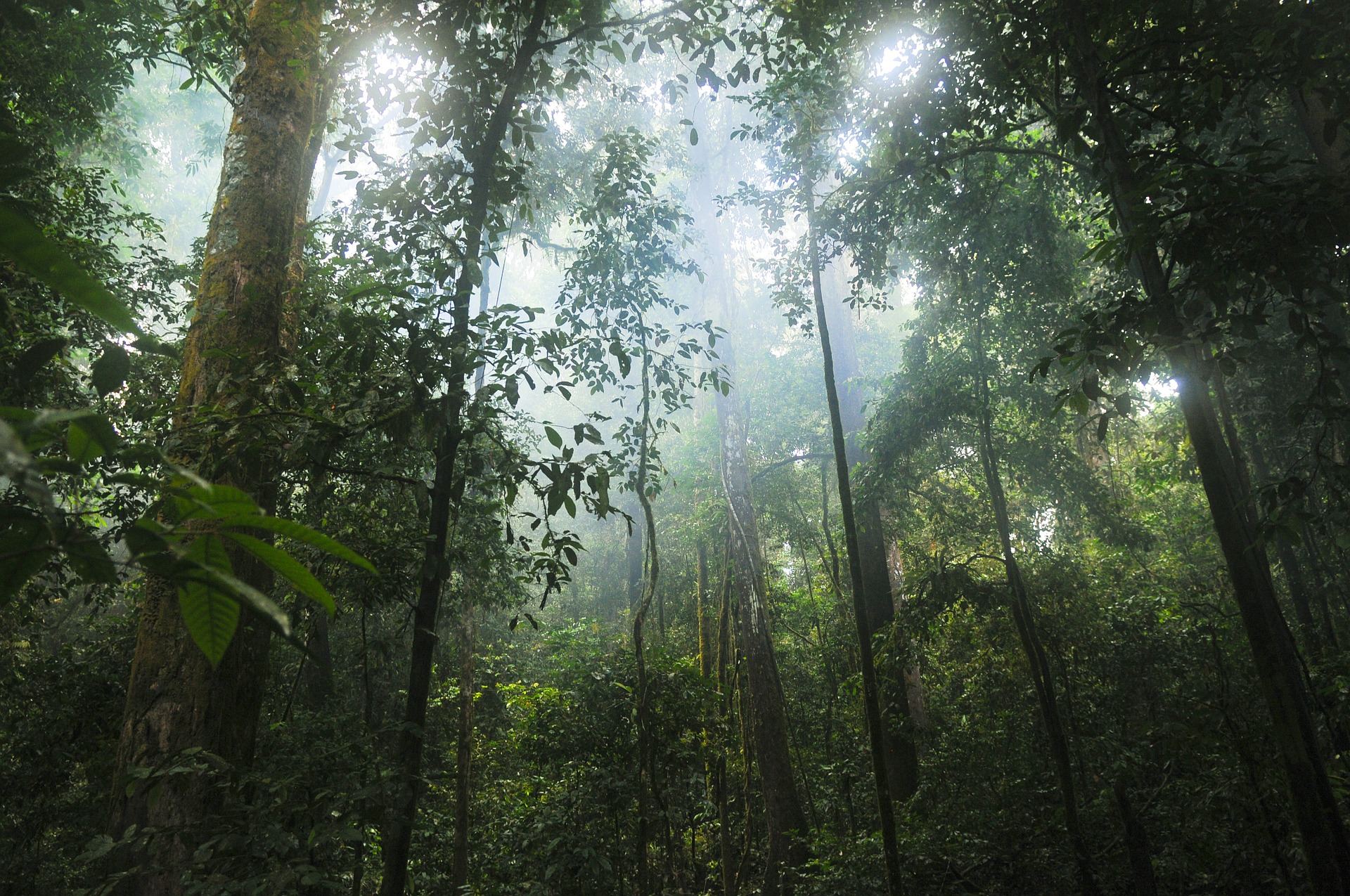
Taller, older Amazon rainforests are more durable through drought
Tropical rainforests play a vital role in regulating climate and absorbing carbon, but climate change could greatly impact Amazon forests and reduce their CO2 storage abilities.
Already, severe droughts in recent years have caused huge swaths of tropical rainforests to die off, decreasing carbon storage and impacting species that rely on Amazonian habitats.
Understanding how tropical rainforests respond to drought is a key part in predicting the impact of future climate change, but unfortunately, little research has existed on the drought sensitivity of tropical forests.
But now, researchers from Columbia Engineering have found that Amazon forests are not uniform in their response to climate change, and that tree height and age influences a rainforest’s susceptibility to drought.
The results were published in the journal Nature Geoscience.
Tropical rainforests represent the Earth’s largest terrestrial CO2 sink, and if habitat reduction in the Amazon continues due to climate change and human activities, this will greatly affect the amount of carbon that can be stored.
Pierre Gentine, an associate professor at Columbia Engineering, led the study and found that tree height impacts photosynthesis in tropical rainforests.
Remote sensing observations of solar-induced fluorescence, precipitation, canopy height, and data on approximate forest age and biomass were all used to measure tropical forest sensitivity in the study.
The results showed that forests above 30 meters are three times less sensitive to changes in precipitation. Taller forests are also less susceptible to drought because they have deeper root systems.
However, in the face of climate change, despite the resilience of taller trees, these forests may be the most impacted by climate change driven temperature increases and atmospheric dryness.
“Our findings suggest that forest height and age are an important regulator of photosynthesis in response to droughts,” said Gentine. “Although older and taller trees show less sensitivity to precipitation variations (droughts), they are more susceptible to fluctuations in atmospheric heat and aridity, which is going to rise substantially with climate change.”
The study sheds insight on how tree age impacts susceptibility to climate change and could help with managing and protecting older forests from habitat reduction.
“Our study makes it clear that forest height and age directly impact the carbon cycle in the Amazon,” said Gentine. “This is especially significant given the importance of the Amazon rainforest for the global carbon cycle and climate.”
—
By Kay Vandette, Earth.com Staff Writer













